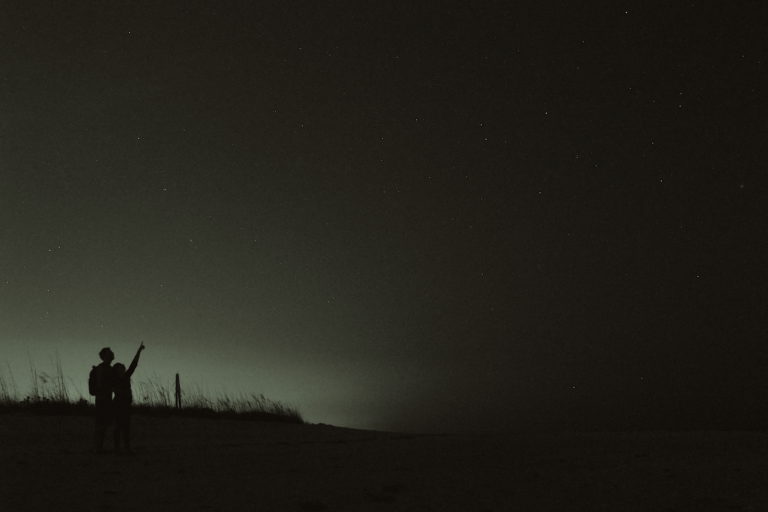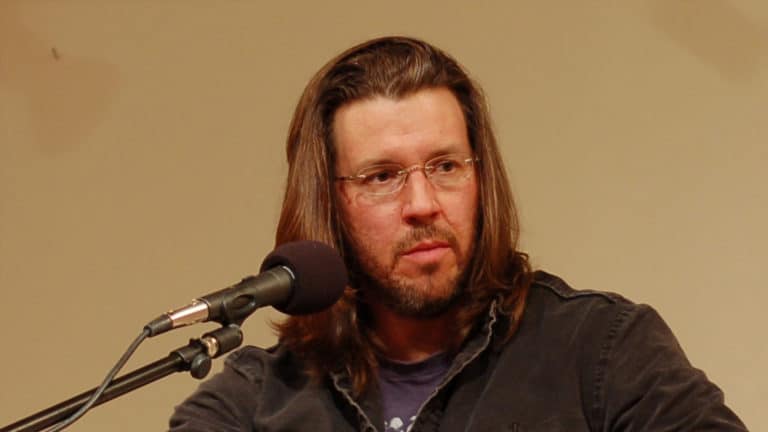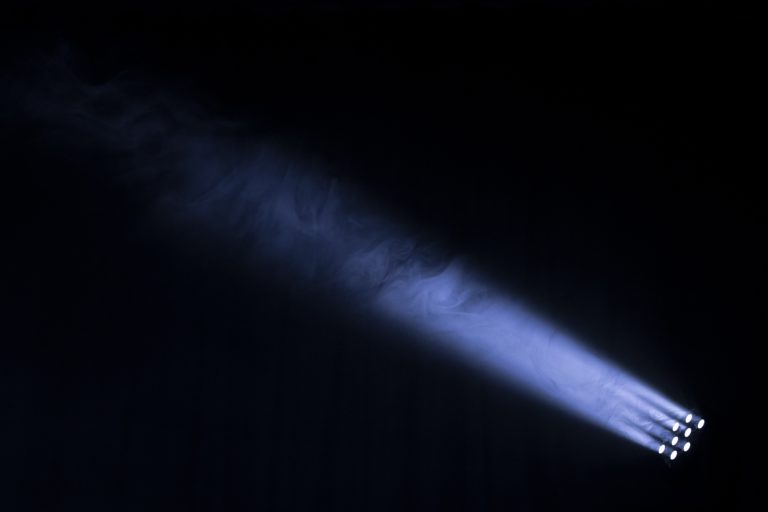Editor's Note: When we first published this craft post, Skolkin-Smith's novel Hystera had been accepted for publication for a small press. It was published in 2011, and has been reissued (September 10, 2013) by a much larger press. The story of the author's perseverance is ongoing!
As part of surviving the long, lonely hours of writing a novel about madness that I was certain would continue to be rejected by publishers, I found solace, company, and some stubborn shared mission in the fiction about madness before this era, and in some newly translated writers. My shelves became populated with two Nobel Prize winners, quite a few 20th Century modernists, and a host of writers from the fifties and sixties, mostly forgotten now. All beckoned me toward a timeless flow of stories and novels which had, in their psychic hikes, re-sculpted the mountain climb that is called narrative, re-inventing traditional arcs, heightening the potency of language, and demonstrating that a “story” could be a complex weave generated from a character’s unconscious motives.
But it was before I read these works, as far back as 1976, when Susan Sontag invited me to share a tin of Italian sugar cookies and drink espresso in her penthouse kitchen that the real beginning of these leanings and literary feelings started in me.
Sontag and I sat at a long wooden country table, on matching wood benches. Her apartment was so sparsely furnished it was almost bare, the halls lined with bookshelves, and only a few portrait photos of classic authors and celebrities on the white walls. At the kitchen table, Sontag took a lead pencil and cut through my drafts with scissor-like slashes. My “realistic” prose, she told me, was mostly filler—empty gestures from characters, unnecessary descriptions of their actions and how they spoke. Then she slashed unneeded transitions. “Don’t describe moving the piano into the next room, how that happened and why, for God’s sake,” she said in an acerbic, impatient tone. “Just begin a new chapter with the piano already in the room.” She seemed taller than her six feet to me, dressed in a loose turtleneck and jeans, wearing brown men’s Italian designer shoes. She was imposing in an intoxicating way. One wanted to submit to her forcefulness: It was seductive.
Even before Sontag, in graduate school, I found myself in Donald Barthelme’s class. I had started to write away from naturalistic writing, introduced to Barthelme’s wild uses of allusions and historical tangents and insertions, his verbal collages and play. Sontag circled my few historical references, beaming enthusiasm. “Where you are ambitious, you are successful,” she said. “Where you are not, it’s autobiography—which I myself would never write because it’s hardly literature, is it?”
Sontag also bestowed a long list of authors, European and modernist, on me that day. It’s a list I found years later in my files, remembering my yearning to be like her and read everything in the literary world, moving away from American realism and standard plot.
So when people ask me, “How in the world did you keep going through all those rejections?” I try to explain that I was shaken into recognizing that historical bits and the use of narrative ellipses were exciting alternatives to a less expressive and meaningful narrative structure. When I worked with her, Sontag was beginning to write her own book about illness (she had been diagnosed with breast cancer): “Illness as Metaphor.” Like Barthelme, her work engaged spheres of ideas and intellectual collages, strong exits from straight arcs. I had followed Sontag’s chugging trains of thought, running to catch them before they left the station.
After graduate school, a young editor from Simon & Shuster optioned the first novel for a small literary house she was starting with her husband, the son of George Braziller. The first fifty pages, of Hystera were published in their Persea: An International Review. I tried to enter into a complexity of form I had internalized from Sontag’s kitchen table talk and Barthelme’s example, but as five years passed, I ended up only rolling around aimlessly and gunning my motors, mud-stuck. Despite the intimate long walks and regular editorial sessions, my first draft of Hystera fell apart. I hadn’t yet grown into the prosaic part yet—that is, knowing this was also a story about a family tragedy. The novel read like a fragmented, diffuse mess. Eventually, the editor canceled the option.
Feverishly rewriting and submitting elsewhere, I was still unable to grow into the ideas of literature Sontag had inspired in me. The novel was rejected over and over again. Finally, I gave up. I wrote and published my second novel, Edges.
The literary world had changed, by the late 1990’s, and by 2000 many memoirs and memoir–like books about mental illness had been written. Pharmaceutical medicines had been introduced into the mental health system. Still, I maintained that the genesis and trajectory of a psychological symptom (in my character’s case, a body delusion) could be followed as an interior journey. It could have its own story. In this way, a symptom can be personified to express conflict, needs, and desires a character has hidden from herself.
I took to reworking Hystera, to find out what I could salvage from the wreck. Repeatedly, rejecting editors still told me Hystera lacked narrative tension and therefore, unless I had an external story with external events, my novel could not engage any potential reader. Interior states don’t make stories, they seemed to insist, and, at best, the symptom could only operate as a metaphor, or a fantasy without legs or shoulders strong enough to carry a reader through a set of graspable events and obstacles.
By then I knew well what I was up against in writing about mental illness. Memoirs are hugely part of our time, overflowing with stories of hospitalizations and recoveries, family therapy, family abuses. But I also knew writers before us had approached the same issues of conflict and dark feelings in people not as “issues” to be resolved through medical models of health, diagnoses, and treatments. Woolf, Genet, Joyce, Kafka, and so many other “modernists” tackled “mental illness” in their work, but they created less of a distinction between what was human and tragic, and what was “depressed,” ”psychotic,” or “abnormal.” “Complexes” and “hallucinatory delusions” were haunted parables of human yearning and experience. I also had developed a narrative sense of the book. The story was about the character’s movement toward her blocked memory and fears around the delusion unraveling the mystery of her condition. When did the delusion start? What happens to make the character aware of it? Finally, what brings the delusion to a state of crisis. I wasn’t sure how to do that yet, but it was forming as a solid inside me.
I sent the book to a brilliant editor who also was a psychoanalyst. She was warmly encouraging, and I was certain Hystera had found a publisher at last. But just the opposite happened. “Yes, it is a beautiful portrait of mental illness,” she said, “but for Hystera to sell” it had to have a plot, which her younger colleague later emailed to me, outlining the rules of good plotting.
Something inside me changed after this confrontation. An internal reservoir boiled up and exhumed my doubts; the editor had unwittingly freed me from needing and looking for publishing’s affirmations. I believed for the first time in my life that I might have that voice inside that I had always heard others describe. Something in the chest, the groins, or as Grace Paley called it, “some knowledge creating a real physical pressure, probably in the middle of my chest, maybe just to the right of the heart. I was beginning to suffer the storyteller’s pain: Listen, I have to tell you something.”
Then, slowly, in these last years and months, it was as if Sontag’s long list of European and modernist writers reappeared as spectres and I heard the erudite Sontag lecturing me again. She kept telling me to go for broke, there was nothing to lose, where I was most ambitious was where I could succeed.
The invention of their modernism allowed the writer to infuse the work with the “personal,” to invent a self and ask questions about that self in relation to everything around it, though the writer wasn’t writing autobiography or memoir. I felt, perhaps self-defensively against all the rejection, that I had tapped onto a grand scheme, into an arena of the serious-minded and valuable. My grandiosity kept me going, as did reading Herta Muller and Efriede Jelinek, Helen Cixous, Clarice Lispector, and Violette Leduc—all of whom wrote about consciousness in itself, their writing engined by internal imagery and a compression of feeling and subjective reality. In fact, all of their work saved me from feeling completely failed, and got me through then endless social events that located me as the only one in the room who had no book contract.
Finally in this last leap of faith, I envisioned my ideal reader joining me. A wonderful publisher, Lou Aronica, former Vice-President of Bantam books and Publisher at Avon and Berkeley had an invitation-only new imprint. A best friend, Caroline Leavitt (proving once again that writers can be good, necessary support) recommended me to him. After more than thirty years, Hystera was accepted. Lou did not ask for even one word to be changed.
In my library, there’s a Pablo Neruda poem called “Poetry” that more powerfully expresses the tumult of these writing years and ultimately expresses its exhilaration and final pleasure, too: “And it was at that age,” Neruda writes, “(that) Poetry arrived in search of me. I don’t know, I don’t know where it came from, from winter or a river. I don’t know how or when, no, they were not voices, they were not words, nor silence, but from a street I was summoned, from the branches of night, abruptly from the others, among violent fires or returning alone, there I was without a face and it touched me. I felt myself a pure part of the abyss, I wheeled with the stars, my heart broke free on the open sky.”





















